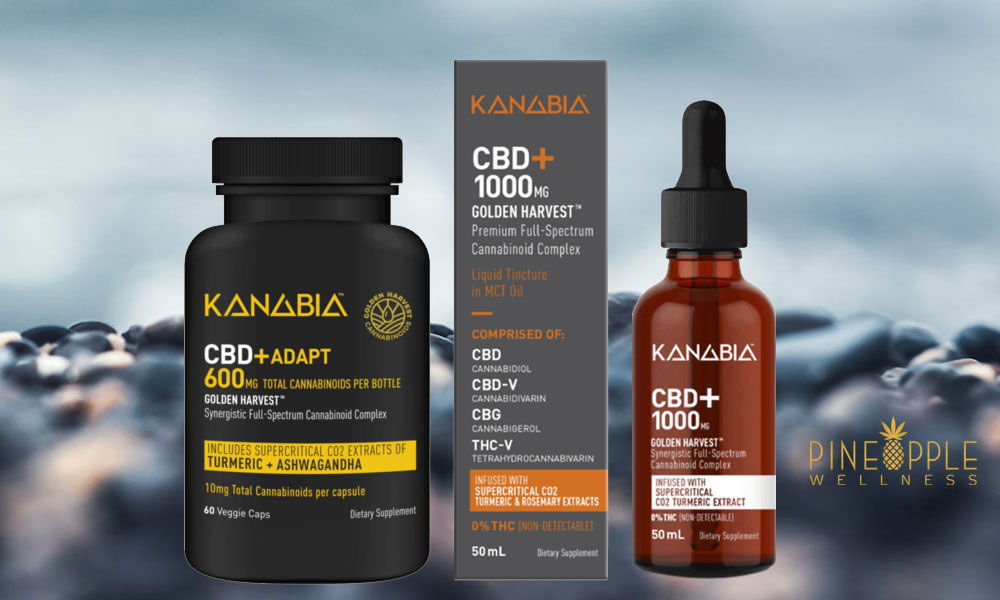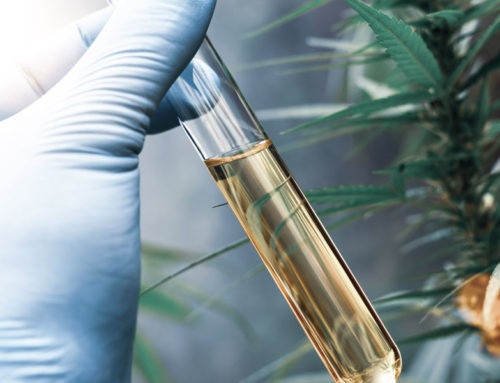Differences Between CBDv and CBG
The main difference between CBD and THC is that while THC can make you high, CBD has no psychoactive effects. “The majority of research on CBD by itself has been focused on preventing seizures, and the FDA has recently approved a pharmaceutical-grade CBD for use in severe seizures in children. However, there is also some research in humans that shows that CBD could potentially be beneficial for anxiety and inflammation, and may even have anti-cancer properties,” explains Dr. Mintz.
CBG, on the other hand, is similar to CBD in that it also is non-psychoactive. There is very little research into the effects of CBG on humans, though interest is growing as it is thought that different non-psychoactive cannabinoids may have many distinct clinical uses.
CBG:
CBG was first discovered in Israel in 1964. Marijuana researchers Yehiel Gaoni and Raphael Mechoulam had just managed to isolate CBG, THC, and CBD from the cannabis plant. They may not have realized how important this was at the time. However, it was this discovery that went on to become the entire basis of our understanding of the plant today.
Unlike THC, CBG has no psychoactive properties, and therefore will not get you high. It exists in some varieties of industrial hemp as well as other, more potent, marijuana strains.
Despite people often overlooking CBG in favor of THC and CBD, it seems that it could also be potentially beneficial. However, CBG research is still in its infancy. There is no doubt that we still have much to learn about this compound. Research has shown that CBG and other cannabinoids have a remarkable effect on the human body.
Like other cannabinoids, CBG works by influencing the endocannabinoid system within our bodies. The endocannabinoid system is a complex collection of receptors (CB1 and CB2 receptors), chemicals called endocannabinoids, and enzymes.
Endocannabinoids are compounds that our bodies produce. They bind with CB1 and CB2 receptors. Their role is to help regulate many of our physiological functions and maintain a state of internal balance.
CBDV
Cannabidivarin is a homolog of CBD, meaning they have a similar structure. In fact, like CBD, cannabidivarin has 7 double bond isomers and 30 stereoisomers. There is a side-chain shortened by two methylene bridges. Another similarity cannabidivarin share with CBD is the fact they’re both non- psychoactive. Thus, patients with anxiety that are sensitive to high levels of THC can still enjoy some of the benefits without the panic-inducing high.
It’s not common to find cannabidivarin in strains you would come across at a dispensary. Strains with higher levels of CBD tend to be higher in CBDV as well. Most strains today are bred to have high levels of THC and terpenes. There isn’t an abundance of research on cannabidivarin out there. However, scientists are conducting studies on the cannabinoid’s anticonvulsant abilities. CBDV has been able to treat nausea and seizures from debilitating conditions like epilepsy according to multiple studies. There is also evidence of its ability to relieve nausea.




